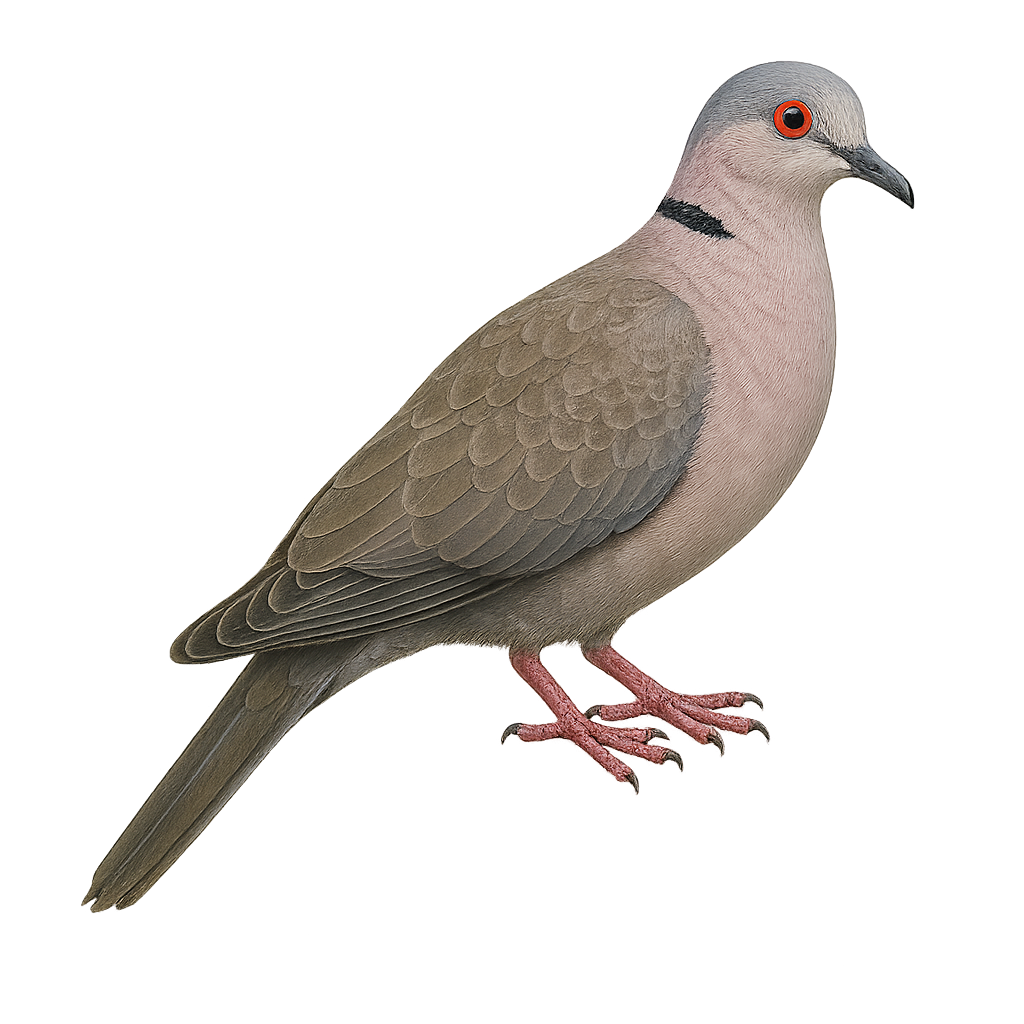Your wildlife photography guide.
Explore the african mourning dove in detail, study its behavior, prepare your shots.
Where to observe and photograph the african mourning dove in the wild
Learn where and when to spot the african mourning dove in the wild, how to identify the species based on distinctive features, and what natural environments it inhabits. The WildlifePhotographer app offers tailored photography tips that reflect the african mourning dove’s behavior, helping you capture better wildlife images. Explore the full species profile for key information including description, habitat, active periods, and approach techniques.
African Mourning Dove
Scientific name: Streptopelia decipiens

IUCN Status: Least Concern
Family: COLUMBIDAE
Group: Birds
Sensitivity to human approach: Suspicious
Minimum approach distance: 10 m
Courtship display: March to May
Incubation: 14-16 jours
Hatchings: March to June
Habitat:
Savannas, agricultural areas, urban gardens
Activity period :
Primarily active during the day, with peak activity in the morning and late afternoon.
Identification and description:
The African Mourning Dove, scientifically known as Streptopelia decipiens, is an elegant and graceful bird primarily found in sub-Saharan Africa. It is distinguished by its delicate plumage, blending shades of gray, brown, and white, with a characteristic black band on its neck. This bird prefers open habitats such as savannas, agricultural areas, and urban gardens, where it can easily find seeds and small fruits to feed on. The African Mourning Dove is often seen in pairs or small groups, and its soft and melodious call is a familiar sound in its range. Although generally discreet, it can become more visible during the breeding season when it performs aerial courtship displays.
Recommended lens:
300 mm – adjust based on distance, desired framing (portrait or habitat), and approach conditions.
Photography tips:
To photograph the African Mourning Dove, choose early morning or late afternoon hours when the light is soft and flattering. Use a telephoto lens of at least 300mm to capture fine details without disturbing the bird. Be patient and discreet, approaching slowly to avoid scaring it away. Look for natural backgrounds that highlight its delicate colors. If possible, capture it in flight to showcase its grace and elegance.
The WildlifePhotographer App is coming soon!
Be the first to explore the best nature spots, track rutting seasons, log your observations, and observe more wildlife.
Already 1 415 wildlife lovers subscribed worldwide

